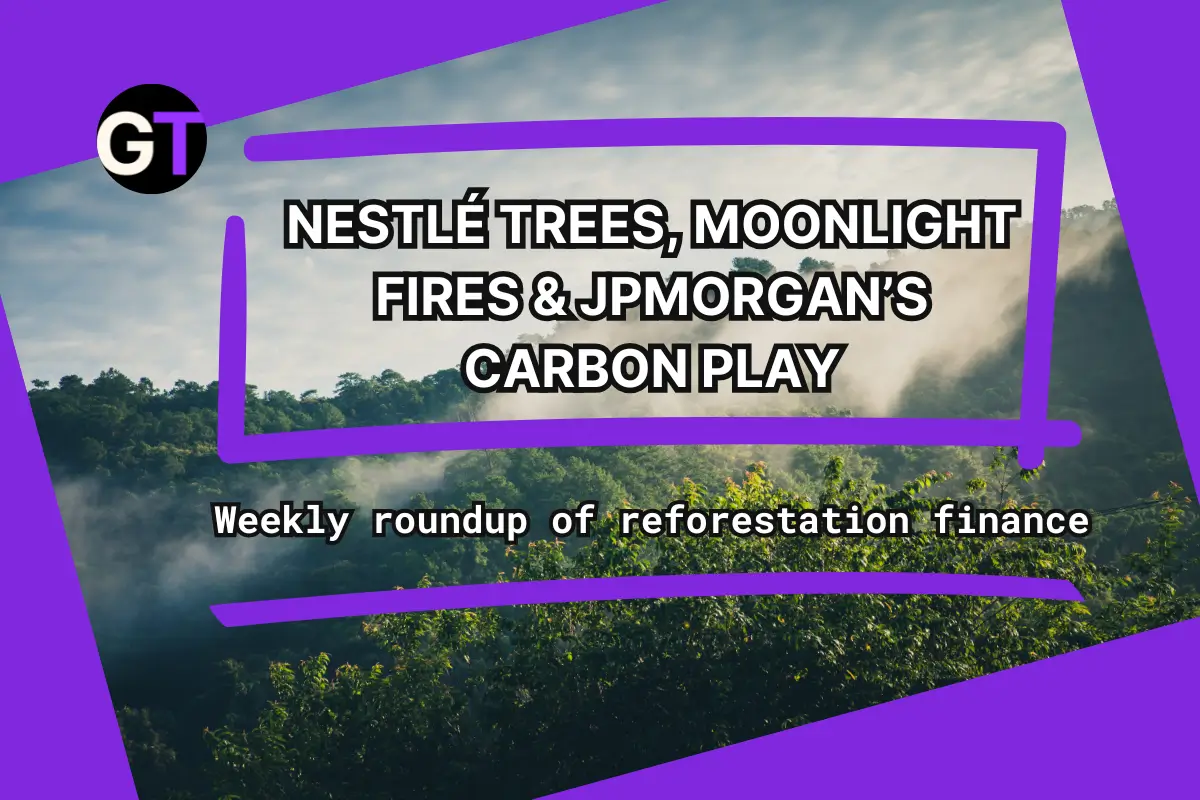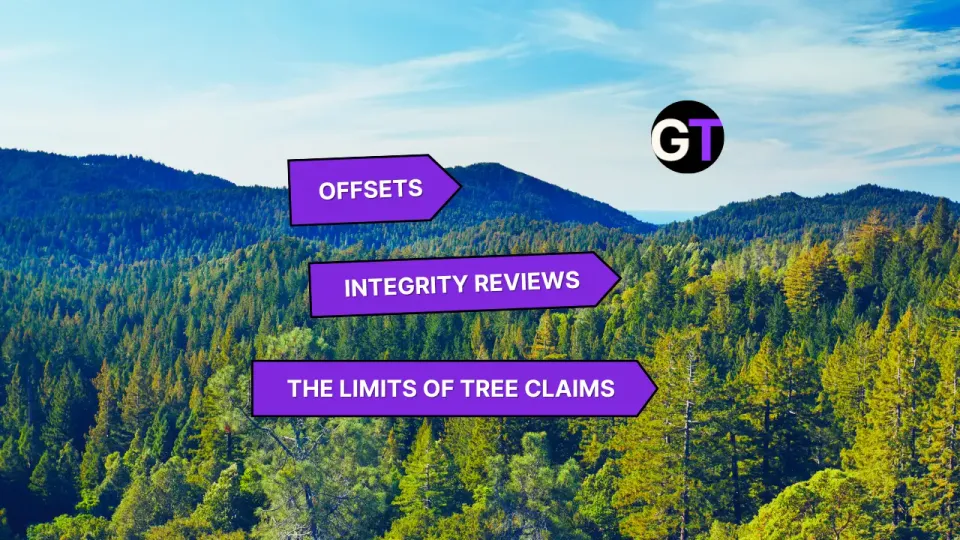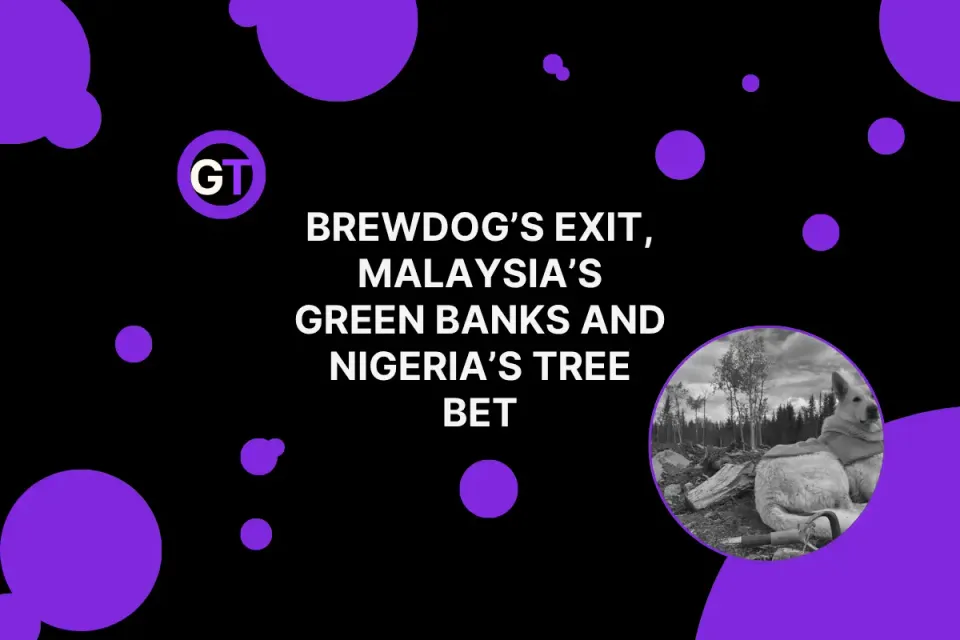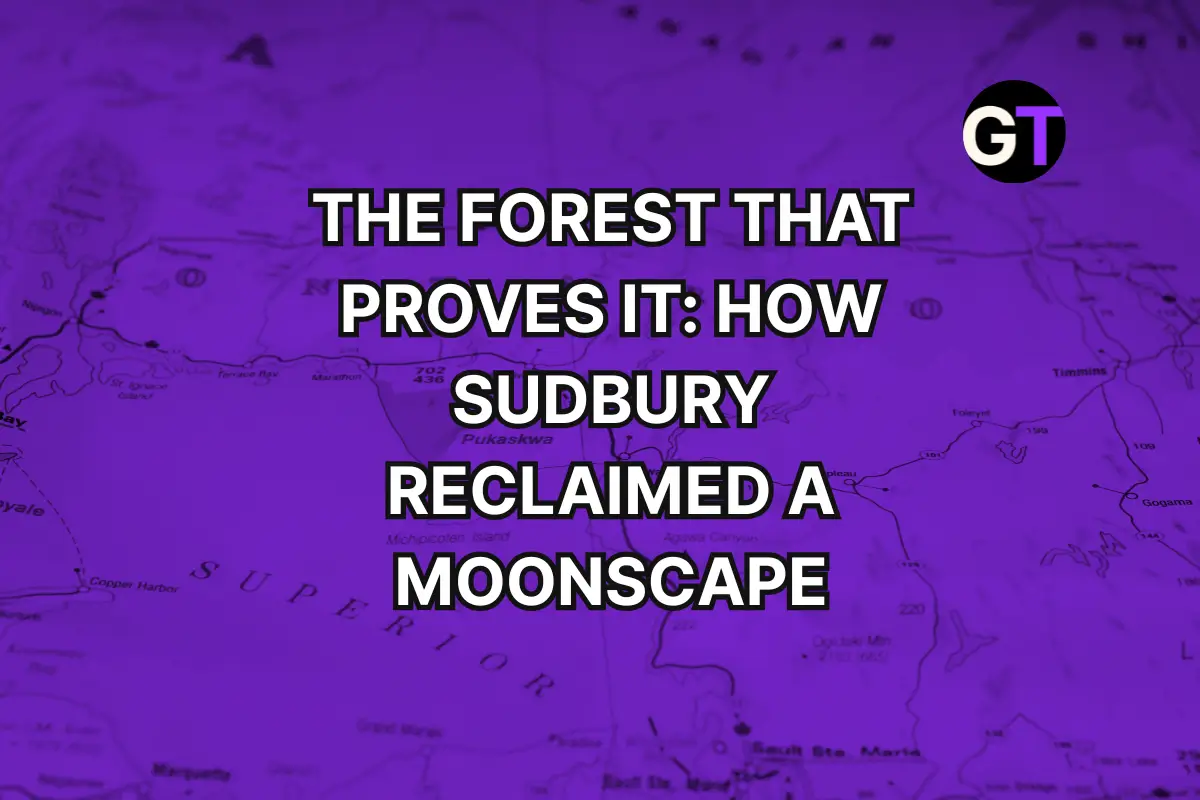Nestlé Trees, Moonlight Fires & JPMorgan’s Carbon Play
Nestlé backs Brazilian reforestation, Canada funds Alberta trees, JPMorgan tests carbon loans, and Vanuatu moves forest plans to finance.

Nestlé and Barry Callebaut Back Brazilian Reforestation Startup
Nestlé and Barry Callebaut are betting on trees—11 million of them—as they partner with re.green to restore swaths of Brazil’s Atlantic rainforest. The 30-year plan covers 8,000 hectares, blending native reforestation with cocoa agroforestry and aiming to mint 880,000 carbon credits along the way. Nestlé is footing the full bill for its slice and 60% of Barry Callebaut’s, tying the effort to its pledge to plant 200 million trees by 2030 and fortify ingredient supply chains against a warming world.
💬 Can mega-brands planting millions of trees actually reshape landscapes—or just nibble at the edges of climate and supply chain risk?
👉👉 Read the full story at Food Business News
$7M, 12,700 Acres: Moonlight Fire Restoration Scales Up
Eighteen years after the Moonlight Fire scorched 65,000 acres in California’s Plumas National Forest, a $7 million Good Neighbor Authority deal has accelerated recovery. The Feather River Resource Conservation District and partners have restored roughly 12,700 acres of the high-severity burn zone, planting over 4,200 acres of conifer seedlings and reworking 15,000 acres for watershed and habitat health. The 30-year plan also includes hazard tree removal, erosion control, and the rare replanting of Baker cypress. With nearly every tree killed across 37,000 acres of the original burn, the project is a critical test of whether strategic reforestation can flip chaparral back to carbon-sinking forest.
💬 With millions invested and thousands of acres replanted, can this scale of intervention keep pace with the megafire era reshaping California’s forests?
👉👉 Read more via Sierra Nevada Conservancy
$101M Push: Canada Bets Big on Alberta’s Forest Future
Ottawa has dropped $101 million into Alberta’s reforestation efforts under the 2 Billion Trees program, pitching it as both a climate play and an economic engine. The funding backs projects from Siksika Nation to Calgary’s conservation corridors, with benefits touted beyond biodiversity: carbon credits, CSR wins, and even tourism value. By turning seedlings into both habitat and financial instruments, the program is betting trees can pay dividends far beyond timber.
💬 As carbon credits and CSR fuel reforestation funding, will non‑timber tree planting markets grow into a serious slice of the green economy—or stay niche?
👉👉 Read more via LiveWire Calgary
Can a Community-Led Climate Fund Rethink How Green Money Flows?
For over a decade, the Climate Investment Funds’ Dedicated Grant Mechanism has moved $110 million directly into Indigenous and local hands—funding land rights, water projects, and forest protection without the usual NGO middlemen. The model proves grassroots climate finance works, but scaling it means balancing local control with the demands of big capital and multilateral banks.
💬 If this bottom-up funding model works at a small scale, can it survive the weight—and strings—of larger climate finance flows?
👉👉 Read the full story via Mongabay
Wall Street Meets the Forest in a Landmark Carbon Loan Deal
JPMorgan and Microsoft are throwing serious shade—and $210 million—at climate finance norms with a carbon loan that turns future credit revenues into collateral. The deal bankrolls massive U.S. afforestation now, pays itself back over decades, and gives the voluntary carbon market a shot of legitimacy it’s been craving. If carbon-backed lending becomes the new normal, forest restoration might just trade tickers next to tech stocks.
💬 If this model sticks, could carbon-backed lending turn forest restoration into Wall Street’s next asset class?
👉👉 Read the full story via CarbonCredits.com
Ontario Bets on Forest Innovation with $5M Boost to CRIBE
Ontario is putting $5 million into CRIBE, a Thunder Bay-based accelerator turning forest biomass into next-gen low-carbon solutions. The funding backs new bioproducts, commercialization, and a push to make Ontario a global bioeconomy hub. With $28.1 million already funneled into 42 projects—from drone reseeding to biomass-based soil additives—CRIBE’s track record suggests this isn’t just tree talk. The province’s Forest Biomass Program has now invested over $45 million across 55 projects, aiming to turn underused wood into economic and environmental wins.
💬 Can targeted bioeconomy funding turn leftover forest biomass into Ontario’s next big climate and industry play?
👉👉 Read the full story via BetaKit
Vanuatu Turns Forest Plans into Climate Finance Proposals
Vanuatu is moving from strategy to action, launching a workshop to turn its Forest Sector NDC Investment Strategy into bankable proposals. With afforestation, restoration, agroforestry, and a national forest data system on the priority list, the government and GGGI are targeting climate finance to back tangible on-the-ground projects. The goal: finalize four fund-ready proposals by January 2026 and make forests a cornerstone of both mitigation and adaptation efforts.
💬 Can Vanuatu’s forest-focused NDC strategy become a blueprint for small islands to unlock serious climate finance?
👉👉 Read the full story via GGGI
Colorado’s Donor-Funded Forest Fix Offers Free Seedlings for Burned Land
Colorado’s Restoring Colorado’s Forests Fund (RCFF) is back, offering no-cost seedlings to landowners rebuilding after wildfires and natural disasters. Every $2 donation buys a seedling, and $300 restores an acre, with applications open until Sept. 30, 2025. The program aims to kickstart reforestation where natural regeneration is stalled, protecting water, soil, and wildlife habitat while turning donor dollars into living landscapes.
💬 Can grassroots funding and free seedlings scale fast enough to keep pace with Colorado’s growing wildfire footprint?
👉👉 Learn more via CSFS
USDA Shake-Up to Close Beltsville Lab, Slash Forest Research
The USDA is closing its century-old Beltsville Agricultural Research Center in Maryland and consolidating most of its forest research into a single Fort Collins hub, shifting 2,600 employees out of the D.C. area. Officials say the move will cut costs and modernize operations, but critics warn it risks gutting regional expertise and ending decades-long experiments across the agency’s forest network. With the Forest Service budget already down to $302 million and research staff halved since the 1980s, some scientists are calling the plan a “final nail in the coffin” for in-house forestry research.
💬 Will centralizing forest science save money—or hollow out the very expertise needed as wildfires and climate impacts escalate?
👉👉 Read more via Science
EUDR Uncertainty Puts Business on High Alert
The European Union Deforestation Regulation (EUDR) is in limbo after lawmakers voted to scrap its regional risk benchmarking system, prompting calls for both delays and swift implementation. With some corporations pushing for simplification and others urging no compromise, the only certainty is volatility. Whether it lands in 2025, 2026—or in a watered-down form—companies importing cattle, cocoa, palm oil, soy, and timber into the EU are being told one thing: be ready for anything. Transparent supply chains and deforestation risk data aren’t just regulatory checkboxes—they’re becoming table stakes for investors, customers, and employees alike.
💬 With risk ratings scrapped and timelines sliding, will the EUDR become a landmark in sustainable trade—or another casualty of regulatory whiplash?
👉👉 Read more via Forbes
Norway Extends Backing for Global Forest Monitoring Through 2028
Norway and the UN Food and Agriculture Organization have inked a new deal to keep the Global Forest Observations Initiative (GFOI) running through 2028, reinforcing their joint push to strengthen national forest monitoring systems in tropical countries. The agreement funds FAO’s GFOI Office, which coordinates over 70 partners—from space agencies to local governments—working to deliver reliable forest and carbon data for climate action.
The support builds on Norway’s long-standing role in the initiative, launched in 2011, and will fund work across GFOI’s four pillars: capacity building, data coordination, methods and guidance, and research. With better national monitoring systems, countries can integrate forest data into policy, track progress toward climate goals, and secure a seat at the table in global carbon markets.
💬 As reliable forest data becomes the backbone of climate finance, will this Norway–FAO partnership help move tropical forest countries from data gaps to deal-making power?
👉👉 Read the full press release from the FAO

Edited by Chris Harris

This work is licensed under a
Creative Commons Attribution 4.0 International License.





